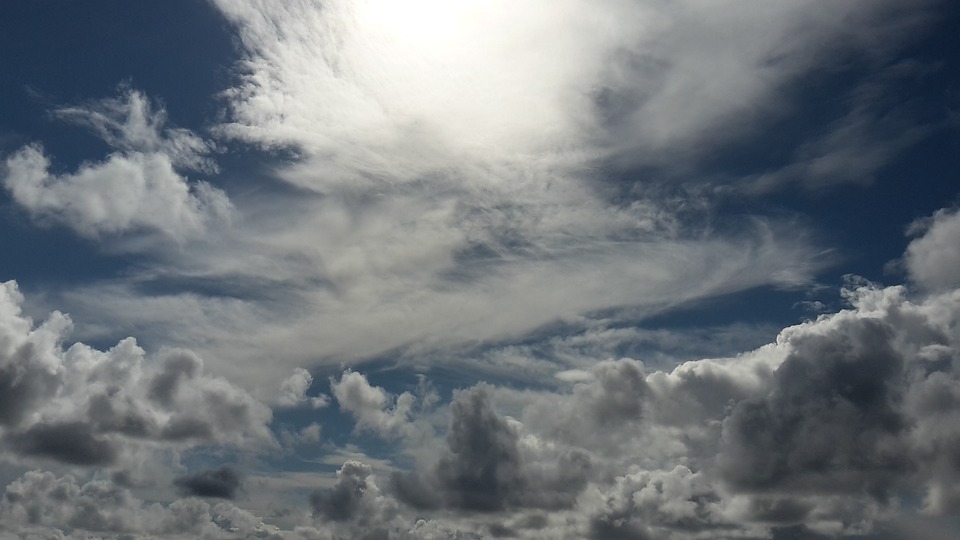How Does Weathering Vary According to Climate? Understanding Climate’s Role in Rock and Soil Breakdown
Weathering is the natural process that breaks down rocks and minerals into soil and sediment, significantly influenced by climate factors such as temperature, moisture, and seasonal variations. Understanding how these climatic elements affect weathering is crucial for grasping the dynamics of soil formation and landscape evolution.
Types of Weathering and Their Climate Dependence
Weathering is categorized into three primary types, each influenced differently by climate:
Physical (Mechanical) Weathering
This process involves the breakdown of rocks without altering their chemical composition. Physical weathering is heavily influenced by temperature fluctuations and moisture availability.
Chemical Weathering
Chemical weathering involves chemical reactions that alter or dissolve minerals, often creating new compounds. This type of weathering is accelerated in warm, humid climates where higher temperatures promote faster chemical reactions.
Biological Weathering
Biological weathering occurs through the actions of plants, animals, and microbes. The presence of vegetation and microbial activity is significantly influenced by climate, affecting how effectively biological weathering can occur.
Physical Weathering and Cold Climates
In cold climates, physical weathering is prominent due to processes like:
– Frost Wedging: Water seeps into rock cracks, freezes, and expands, exerting pressure that causes the rock to fracture.
– Thermal Expansion: In arid regions with significant temperature fluctuations, rocks expand during the day and contract at night, leading to minor weathering.
Examples include mountainous regions with regular freeze-thaw cycles that demonstrate strong physical weathering effects.
Chemical Weathering and Warm, Wet Climates
Warm and humid climates facilitate enhanced chemical weathering through:
– Dissolution and Hydrolysis: High temperatures and humidity accelerate chemical reactions that break down minerals.
– Oxidation: Warm environments rich in oxygen promote rusting processes in iron-containing minerals.
Tropical rainforests exemplify areas with extensive chemical weathering due to their high rainfall and warmth, leading to rapid rock decomposition.
Biological Weathering and Climate Influences
Biological weathering is more pronounced in temperate and tropical climates where lush vegetation thrives. Plant roots can exert pressure on rocks, while microbial activity can produce organic acids that further enhance rock breakdown. Conversely, cooler or arid climates typically have less vegetation, resulting in reduced biological weathering effects.
How Climate Zones Influence Overall Weathering Rates
Different climate zones exhibit distinct weathering characteristics:
– Tropical Climates: High rates of chemical weathering due to abundant moisture and warmth result in rapid soil formation.
– Arid Climates: Limited water availability slows weathering processes; however, mechanical weathering can occur from occasional temperature shifts.
– Cold Polar and High Mountain Climates: These areas experience slow chemical weathering but significant physical weathering from ice and frost actions.
Case Studies: Weathering in Different Climate Zones
Notable examples of weathering effects include:
– Amazon Basin: Rapid soil formation due to high rates of chemical weathering.
– Sahara Desert: Slow weathering processes attributed to arid conditions.
– Coastal regions often experience unique interactions between marine influences and local climate conditions that affect both physical and chemical weathering.
FAQs
– Why does weathering occur faster in humid climates?
Humid climates provide more water for chemical reactions necessary for weathering processes.
– Can chemical weathering happen in cold climates?
Yes, though at a slower rate; it can occur during warmer periods when water is available.
– What role does rainfall play in weathering?
Rainfall increases water availability for both mechanical and chemical weathering processes.
– How does climate change impact weathering rates?
Climate change can alter precipitation patterns, affecting both physical and chemical weathering rates through increased or decreased water availability.
– Which type of weathering is most common worldwide?
While all types are present globally, chemical weathering tends to dominate in warm, moist environments.
Conclusion
In summary, climate significantly impacts the types and rates of weathering processes. Understanding these dynamics is essential for comprehending soil formation, landscape development, and ecological interactions worldwide. The interplay between climate factors like temperature, moisture, and biological activity shapes the Earth’s surface over time.

Kyle Whyte is a notable scholar and professor at the University of Michigan, holding positions such as the George Willis Pack Professor in the School for Environment and Sustainability and Professor of Philosophy. Specializing in environmental justice, his work critically examines climate policy and Indigenous peoples’ ethics, emphasizing the nexus between cooperative scientific endeavors and Indigenous justice. As an enrolled Citizen Potawatomi Nation member, he brings a vital perspective to his roles as a U.S. Science Envoy and member of the White House Environmental Justice Advisory Council. His influential research is supported by various prestigious organizations including the National Science Foundation, and disseminated through publications in high-impact journals. Kyle actively contributes to global Indigenous research methodologies and education, with affiliations to numerous institutes and societies dedicated to traditional knowledge and sustainability. Recognized for his academic and community engagement, Kyle has earned multiple awards and served in various visiting professorships. His efforts extend to leadership positions on boards and committees focused on environmental justice nationwide.
